A tankless water heater is more energy- and cost-efficient because it only heats the amount of water you need at a specific time. Now, what are the features of the best tankless water heater?
Aside from a long warranty, it should have durable drain valves, efficient anti-scale devices, and easy-to-read digital displays to help you monitor your water levels and adjust the heating settings, as needed.
- Stiebel Eltron Tempra 24 Plus 240V Tankless Water Heater
- Takagi T-KJr2-IN-NG Tankless Water Heater
- Rheem RTGH-95DVLN Tankless Water Heater
- Eccotemp L5 Tankless Water Heater
- Ecosmart ECO 18 Tankless Water Heater
- TITAN SCR2 N120 Tankless Water Heater
- EcoSmart ECO 11 Tankless Water Heater
- Eccotemp L10 Tankless Water Heater
- Rinnai RL75iN Tankless Water Heater
- Eccotemp FVI-12-LP Tankless Water Heater
Tankless Water Heater Reviews
Stiebel Eltron Tempra 24 Plus 240V Tankless Water Heater
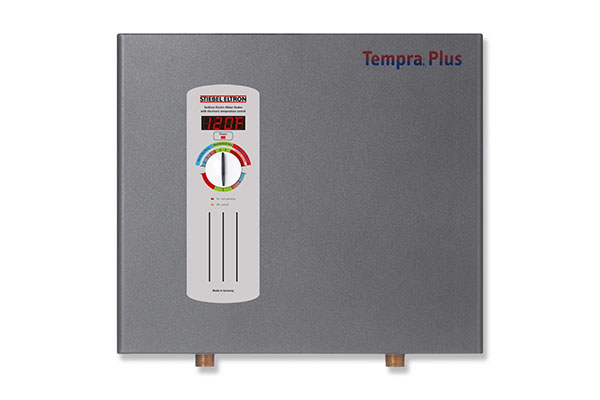
Stiebel Eltron Tempra 24 Plus is a highly advanced tankless water heater. It can produce water temperature within the range of 86-140 degree F. It features a knob to pick a certain output temperature, and an advanced flow control designed to produce hot water at the right temperature.
>>>> Click Here To See Customer Reviews & Current Price <<<<
Takagi T-KJr2-IN-NG Tankless Water Heater
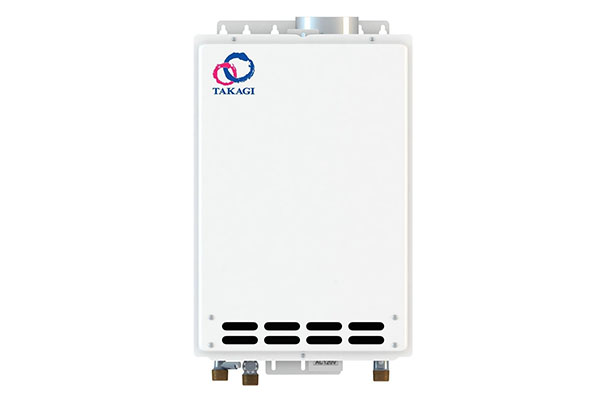
Takagi T-KJr2-IN-NG is ideal for households with one to two bathrooms. It features a maximum of 6.6-gallon water per minute (GPM) flow rate. It can also support radiant floor and hydronic baseboard heating applications.
>>>> Click Here To See Customer Reviews & Current Price <<<<
Rheem RTGH-95DVLN Tankless Water Heater
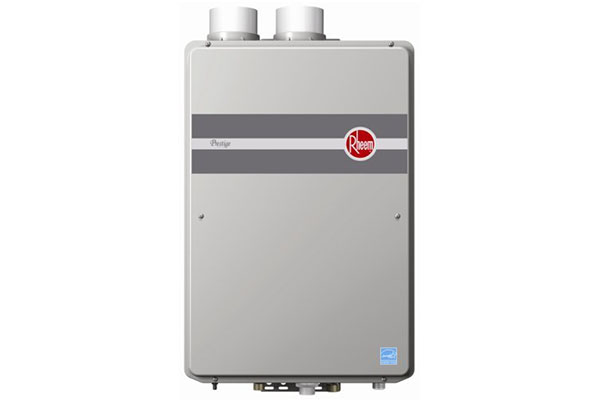
Rheem RTGH-95DVLN has many interesting features that make it unique. It has a digital display facility, built-in electric blower, and digital remote control. It boasts of a 94% energy efficiency rating and hot water flow rate of 9.5-gallon per minute.
>>>> Click Here To See Customer Reviews & Current Price <<<<
Eccotemp L5 Tankless Water Heater
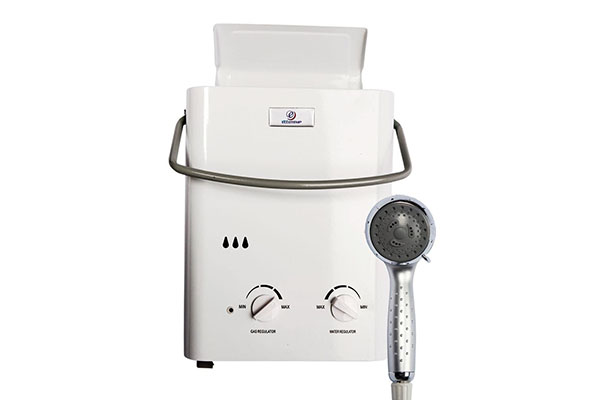
Ecotemp L5 is a tankless water heater, which can produce 1.4-gallon hot water per minute. It is compact and lightweight, making it portable. Water temperature can be adjusted from 80-150 degrees F.
>>>> Click Here To See Customer Reviews & Current Price <<<<
Ecosmart ECO 18 Tankless Water Heater
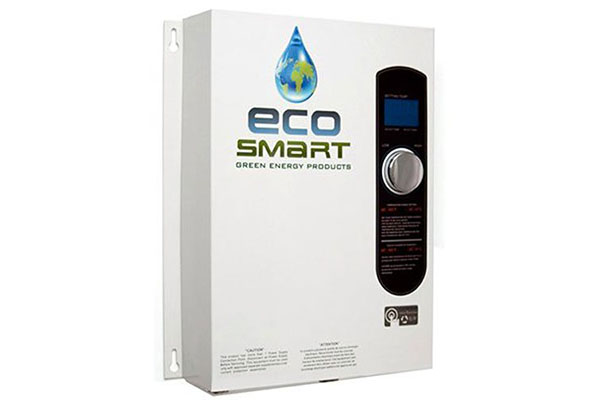
Ecosmart ECO 18 is considered as a whole house unit, which means installing one is enough to serve your entire residence. It is self-modulating, capable of detecting water temperature and flow. It has a 2- to 3-gallon per minute flow rate, and a compact size, which can fit anywhere.
>>>> Click Here To See Customer Reviews & Current Price <<<<
TITAN SCR2 N120 Tankless Water Heater
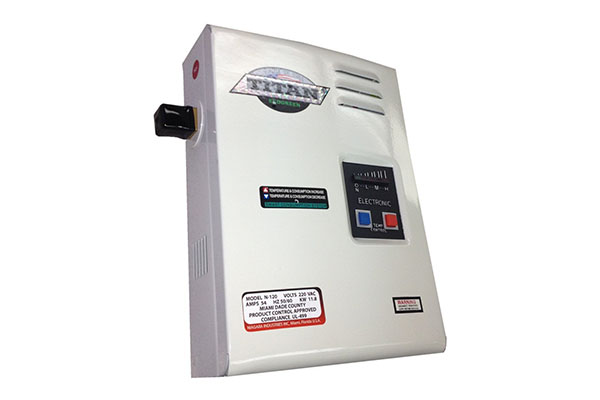
TITAN SCR2 N120 utilizes a more accurate and faster temperature control to improve its performance. It is ideal for households with one to three bathrooms. It also has an integrated digital microprocessor.
>>>> Click Here To See Customer Reviews & Current Price <<<<
EcoSmart ECO 11 Tankless Water Heater
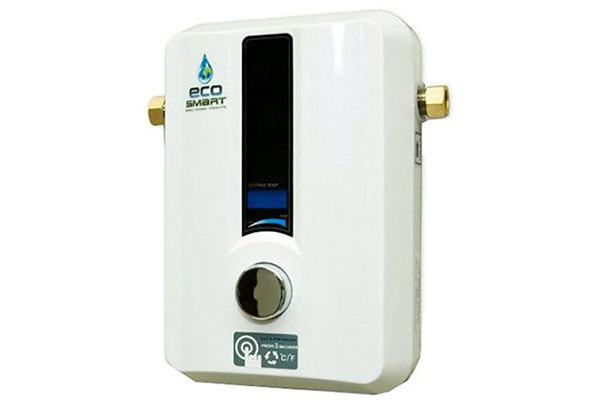
This water heater from EcoSmart is ideal for small apartments. You can use it for single or multiple applications based on the climate. It has an advanced and stylish design, digital temperature control, and components made of stainless and copper materials.
>>>> Click Here To See Customer Reviews & Current Price <<<<
Eccotemp L10 Tankless Water Heater
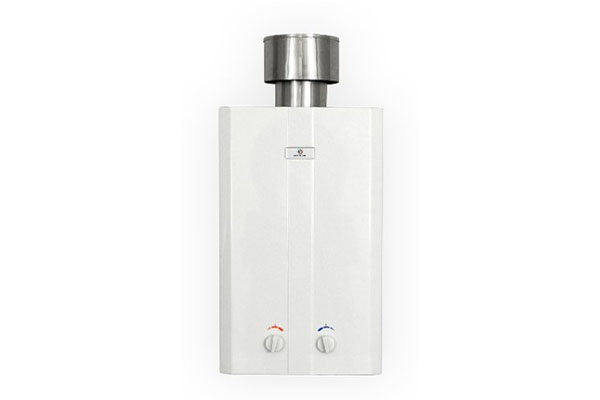
Being lightweight, Eccotemp L10 is portable enough that you can transport it easily to cabins, campsites and other off-grid locations. It has a 2.6-gallon per minute hot water flow. Its features include a 20-minute automatic safety shut-off timer, and battery igniter.
>>>> Click Here To See Customer Reviews & Current Price <<<<
Rinnai RL75iN Tankless Water Heater
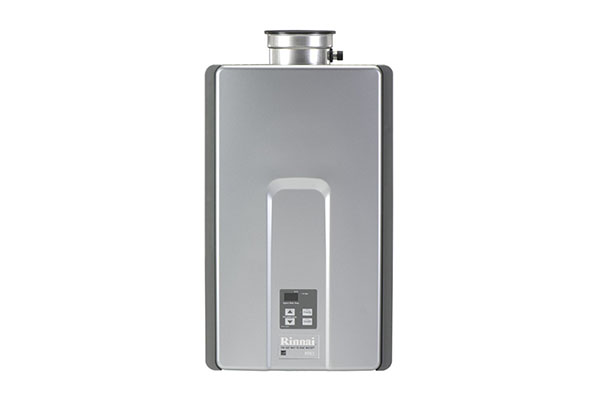
This modern tankless water heater features a compact design, making it easier to install. It can deliver hot water at a rate of 7.5 gallons per minute. It features a digital controller, error code indicator, leak detector, temperature lock and control, and scale deposits detector.
>>>> Click Here To See Customer Reviews & Current Price <<<<
Eccotemp FVI-12-LP Tankless Water Heater
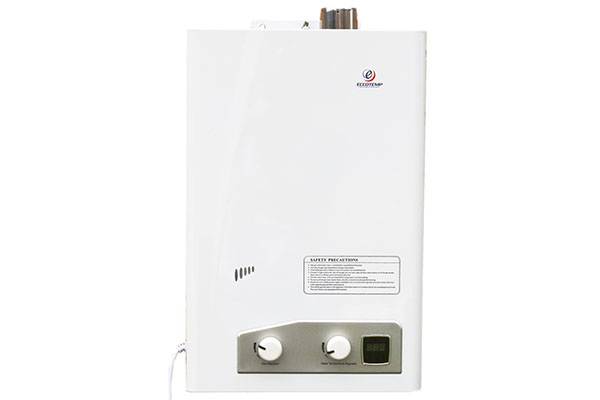
This is a liquid propane fired tankless water heater ideal for most residential applications. It can produce hot water at a rate of 3.4 gallons per minute. It has a digital LED display, and two regulator knobs – one of which is designed to regulate water flow, while the other is for gas flow.
>>> Click Here To See Customer Reviews & Current Price <<<<
Types Of Tankless Water Heaters
Needing a tankless water heater for your home requires knowledge of the types that currently circulate in the market. After all, each of the following address different limitations and needs.
Combi Boilers: Combi is short for “combination” because this compact unit serves as both water heater and central heating, making them a popular choice across Europe.
POU Tankless Water Heaters: POU stands for “point-of-use”, and it means the heater does its job only when water starts flowing through showers and faucets.
Once you’ve settled on either one of the above types of tankless water heaters, you now need to determine what heat source your choice should have.
Gas-types: Most tankless water heaters run on natural gas, requiring a minimum gas line of ¾” diameter. Buyers are advised to upgrade gas lines if necessary.
Electric-types: According to studies, electric types are more expensive than gas types. As long as they are tankless water heaters, however, they remain a better choice over tank types.
How To Select a Tankless Water Heater
The wrong choice of unit could lead to expensive repercussions. Apart from having different specifications, each type have pros and cons dependent on the following:
Number of Water Sources Needing Heating: People needing a water heater mostly want hot water only in their shower. The laundry and kitchen are only of second priority.
If this is the case, opting for a POU tankless water heater makes a smarter choice. If centralized heating is necessary, however, the combi boiler is better suited for the job.
Specs and Requirements: Tankless water heater unit models have varying requirements. As long as your house or building follows standards, you’ll find one that perfectly fits.
To avoid having to return your product, or to having your pipes or lines changed, know the specs of your house before buying a water heater.
Climate: As implied earlier, combi boilers are better suited for cold places like the UK. So if you live in a place where air conditioners are necessary, you might as well stay away from that.
How To Maintain Your Tankless Water Heater
Water carries microscopic minerals that builds up inside tankless water heaters. Before this causes any permanent damage to the unit, users must flush these out.
Different units may recommend different methods of cleaning and maintenance, so check the manual or call the company before following any cleaning guide online. Those who can’t DIY can always opt for a service.
Never use chemical-based cleaning agents because its residues mix with the water, which will then fall on your skin or in your stomach. Opt for undiluted white vinegar instead to flush the build-up in the tankless water heater.
Most units will recommend annual cleaning for optimum performance. Those with hard water, however, may want to do it a little more frequently. Hard water, after all, contains far more minerals than soft water.
Water softeners may remedy this problem, but will not save users from the task. All it will do is lengthen the recommended period between cleanups.
How Tankless Water Heaters Work
The main difference between heaters with tanks and those without is the supply of hot water. And in hindsight, the amount of energy they use and waste.
Because the former heats only the water collected and stored in tanks, users are limited. If, however, not all the hot water has been used, the energy it had taken to heat this volume would be wasted once it gets cold.
Thanks to the copper heat exchangers of tankless water heaters, these issues were eliminated. Because these coils instantly heat up, water need only pass through the unit to achieve desired temperatures, enabling the continuous flow of hot water.
Tankless water heaters also don’t need power buttons or switches. They automatically turn on and off with the flow of water or the absence of it, saving users from shocking gas or electric charges.
Like with everything, however, tankless water heaters come with disadvantages. Despite saving energy, you will inevitably waste water because it will take a few seconds before hot water spouts from the faucet or shower.
Also, because water would still need time to heat up, users cannot expect it to flow through in high pressures. People are limited to 2 gallons per minute with electric types and 5 gallons per minute with gas types.